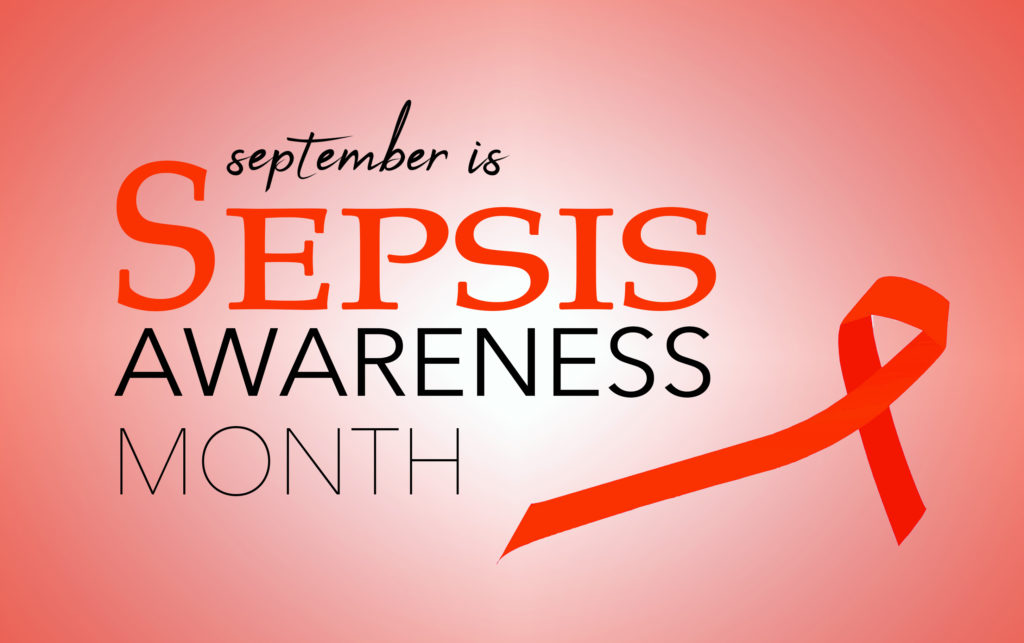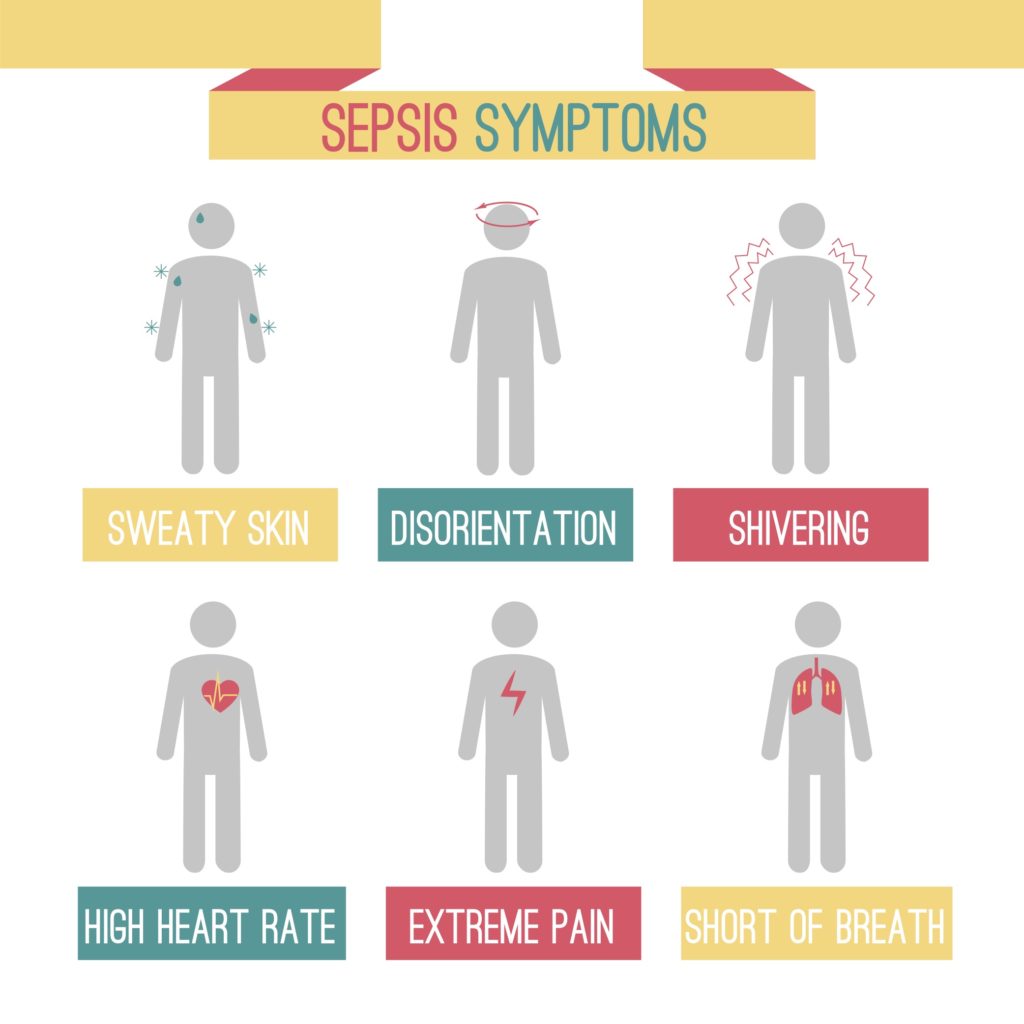
During this tumultuous 2020, Covid-19 has captured most headlines and news reports. Everywhere you look there is heavily promoted mitigation strategies such as mask wearing, social distancing, and hand washing on how to reduce transmission of Covid-19. When a new disease infects 6.4 million Americans with over 200,000 associated deaths, one understands why it is a popular topic.1
Although Covid-19 has consumed our lives the last 7 months, it doesn’t mean we get to ignore other health issues. For instance, sepsis affects 1.7 million Americans each year and kills 270,000. Moreover, one in three hospital deaths is sepsis related. Are there equal prevention schemes in place to avoid the pitfalls of sepsis? The answer is yes.
With September being Sepsis Awareness Month, the CDC is working to raise awareness of sepsis, prevent it, and improve early detection and treatment, and we wanted to join them in this movement. Read below for more information about sepsis.
What Is Sepsis?
Unlike Covid-19, sepsis is not a disease; rather it is the body’s response to an infection. When the body responds to a disease, it attempts to preserve life through a chain of events we cannot see. Left untreated, these events can lead to tissue damage, organ failure and death. Sepsis is a life-threatening medical emergency. Sepsis happens when an infection you already have —in your skin, lungs, urinary tract, or somewhere else—triggers a chain reaction throughout your body. Researchers agree that death and life-limiting conditions is preventable with early sepsis identification and prompt treatment.2
Sepsis Symptoms
Our bodies respond to infections in a variety of ways. One of the most common ways is with fever. Despite the temperature reading, fever associated with chills or feelings of extreme cold are potential signs of sepsis. Other symptoms include an elevated heart rate, shortness of breath, or clammy/sweaty skin1. A trusted family member may notice you are confused, disoriented, or perhaps you have extreme pain or discomfort. Any of these symptoms may indicate sepsis and should trigger an immediate evaluation by a healthcare professional. Remember, sepsis is a medical emergency!

Who Is At Risk?
How to Prevent Sepsis
Prevention is always the best treatment plan. Especially during the Covid-19 pandemic, make sure to get your flu vaccine and stay up to date on all other vaccines. Be sure to wash your hands, wrists, nails, and fingers on all sides for 20 seconds after using the restroom, eating, taking out the trash, petting animals, or any other time your hands contact dirty surfaces. Even though we cannot see germs, they are all around us; we unknowingly spread germs to others with our hands. If you have chronic conditions like diabetes, heart failure, or lung disease, make sure you follow your healthcare provider’s disease management instructions and report anything unusual. Lastly, know the signs of sepsis and act on them.3
Author: John Sims, MSN, RN, CNL, Director of SaferCare Texas
References
1. Centers for Disease Control. (2020, August 28). Get ahead of sepsis – know the risks. spot the signs. act fast. | patient safety | cdc. https://www.cdc.gov/patientsafety/features/get-ahead-of-sepsis.html. Retrieved September 18, 2020, from https://www.cdc.gov/patientsafety/features/get-ahead-of-sepsis.html
2. Kim, H., & Park, S. (2019). Sepsis: Early recognition and optimized treatment. Tuberculosis and Respiratory Diseases, 82(1), 6. Retrieved September 11, 2020, from https://doi.org/10.4046/trd.2018.0041
3.Sepsis is a medical emergency. time matters. (2020, August 27). Centers for Disease Control and Prevention. https://www.cdc.gov/sepsis/what-is-sepsis.html